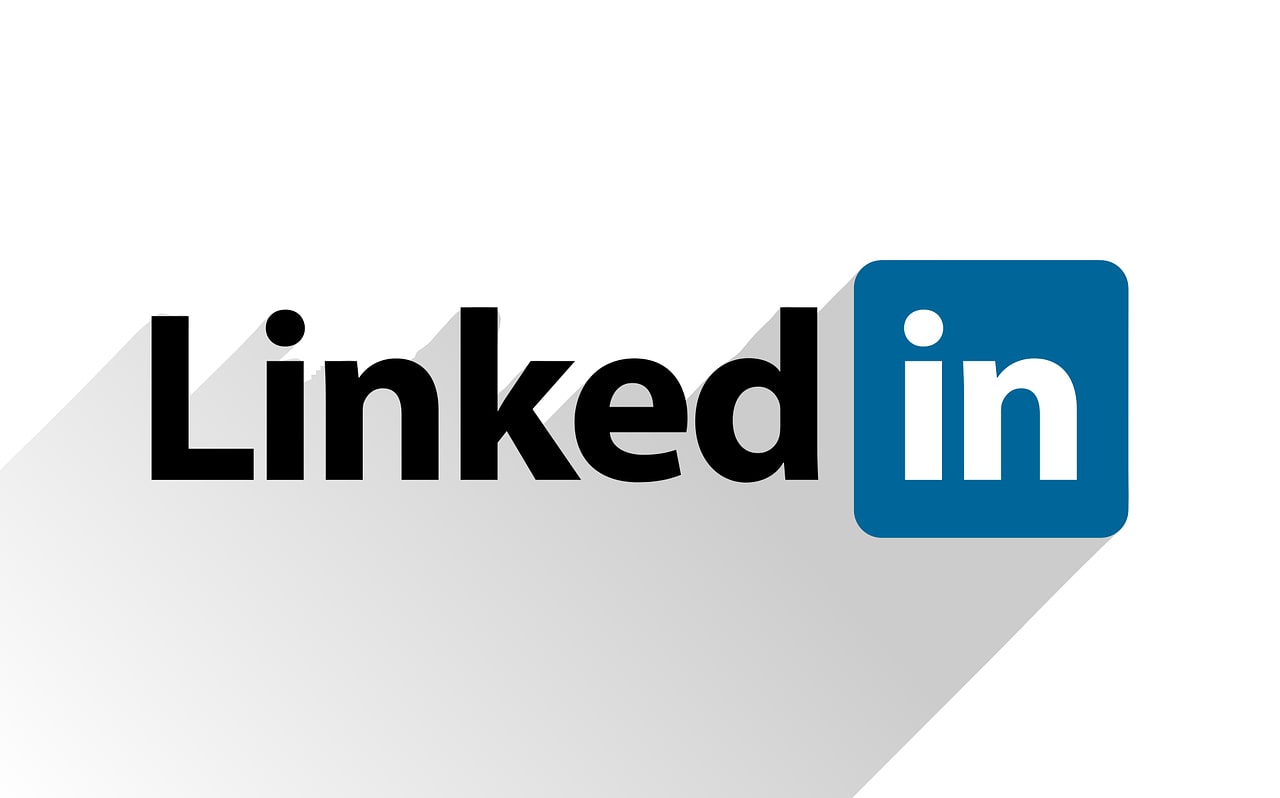In today’s competitive business landscape, professionals are constantly seeking innovative ways to connect with potential clients and expand their networks. LinkedIn has emerged as a vital platform for B2B marketing and social selling, offering unparalleled opportunities to engage with decision-makers and industry leaders. However, manually managing outreach campaigns can be time-consuming and inefficient. This is where automation solutions come into play, transforming the way businesses approach lead generation and relationship building on the platform.
Understanding LinkedIn automation tools for lead generation
LinkedIn automation tools have revolutionised the way professionals conduct prospecting, recruitment and marketing activities on the platform. These sophisticated solutions are designed to streamline repetitive tasks, allowing sales representatives, marketers and recruiters to focus their energy on building meaningful connections rather than performing mundane administrative duties. By automating actions such as sending connection requests, messaging prospects and sharing content, these tools enable users to scale their outreach efforts significantly whilst maintaining a professional presence.
What are LinkedIn automation tools and how do they work
At their core, LinkedIn automation tools are software applications that interact with the LinkedIn platform to perform specific actions on behalf of users. These tools can automate search and scraping of LinkedIn data, enabling businesses to identify potential leads based on precise criteria such as industry, job title, location and company size. Once prospects are identified, the software can automate prospect data enrichment, which involves finding additional contact information such as email addresses and phone numbers. Some advanced solutions, including the widely recognised LinkedIn automation tools by Waalaxy, offer multichannel campaigns that combine LinkedIn outreach with email sequences, creating a comprehensive approach to engagement.
The functionality of these tools extends beyond simple connection automation. They can automate sending personalised messages that are tailored to each recipient, ensuring that outreach efforts feel genuine rather than generic. Modern solutions incorporate AI-powered assistance to help craft compelling messages that resonate with target audiences. Additionally, these platforms often include built-in CRM systems or integrate seamlessly with popular customer relationship management platforms such as HubSpot, PipeDrive and Salesforce, allowing businesses to track interactions and manage their sales pipeline effectively. Tracking, reporting and results analysis are also automated, providing valuable insights into campaign performance and helping users refine their strategies over time.
Key benefits of automating your LinkedIn outreach
The advantages of implementing LinkedIn automation in your lead generation strategy are substantial and multifaceted. Perhaps the most immediate benefit is the significant time savings achieved by automating repetitive tasks. Rather than spending hours each day manually searching for prospects and sending connection requests, professionals can set up campaigns that run automatically, freeing them to focus on high-value activities such as closing deals and nurturing relationships. This efficiency gain translates directly into improved prospecting capabilities, as automation allows users to reach a much larger audience than would be possible through manual efforts alone.
Beyond time savings, automation improves the quality of prospecting by enabling precise audience targeting. Users can define specific criteria to ensure they are connecting with individuals who are most likely to convert into customers. This targeted approach, combined with lead scoring and lead qualification features, helps businesses prioritise their efforts and focus on the most promising opportunities. Furthermore, automation facilitates relationship building by providing professionals with more time for personal interactions. Whilst the initial outreach is automated, the freed-up time can be invested in meaningful conversations and personalised follow-ups, which are essential for converting leads into customers. Performance optimisation is another key benefit, as analytics and reporting features allow users to continuously refine their campaigns based on real data, ultimately driving better conversion tracking and customer conversion rates.
Best practices for using LinkedIn automation responsibly
Whilst LinkedIn automation offers tremendous potential for enhancing lead generation, it is essential to approach these tools with responsibility and care. The platform has established specific guidelines to preserve the integrity of its network, and users must navigate these rules carefully to avoid penalties. Responsible use of automation not only protects your account from potential restrictions but also ensures that your outreach efforts are well-received by prospects, fostering genuine connections rather than creating a negative impression.
Staying Compliant with LinkedIn’s Terms of Service
LinkedIn imposes strict rules on the use of automation to maintain the quality and authenticity of interactions on its platform. Understanding and adhering to these guidelines is crucial for anyone leveraging marketing automation tools. The platform actively monitors for suspicious activity, such as sending an excessive number of connection requests in a short period or engaging in LinkedIn scraping that violates its terms. To remain compliant, users should select reputable tools that are designed to operate within LinkedIn’s boundaries. Many established solutions, such as those offering features compatible with LinkedIn Basic, Premium, Sales Navigator and Recruiter, have built-in safeguards to prevent actions that could trigger account restrictions.
It is also important to use automation in moderation. Setting realistic limits on daily actions, such as connection requests and messages, helps mimic natural human behaviour and reduces the risk of detection. Some tools offer features like randomised timing and activity patterns to further enhance authenticity. Additionally, users should avoid aggressive tactics such as mass messaging or indiscriminate connection requests, as these practices not only violate LinkedIn’s terms but also damage your professional reputation. By choosing tools with a proven track record, such as those trusted by over ten thousand businesses worldwide and operating successfully across numerous countries, professionals can ensure they are using solutions that prioritise compliance and account safety.
Crafting personalised messages to avoid spamming
One of the most critical aspects of responsible LinkedIn automation is message personalisation. Generic, impersonal messages are easily recognised as automated and are often perceived as spam, leading to low engagement rates and potential reporting by recipients. To avoid this pitfall, it is essential to craft messages that feel tailored and relevant to each individual. Modern automation tools offer features that allow users to insert personalised fields, such as the recipient’s name, company or job title, making the message appear bespoke. However, true personalisation goes beyond merely inserting a name; it requires understanding the recipient’s needs, challenges and interests.
Effective message personalisation begins with thorough research and audience targeting. By leveraging data enrichment features, professionals can gather insights into their prospects’ professional backgrounds and tailor their outreach accordingly. For instance, referencing a recent achievement or a shared connection can make a message stand out and demonstrate genuine interest. Additionally, users should focus on providing value rather than making immediate sales pitches. Messages that offer helpful resources, insights or solutions to common problems are far more likely to elicit positive responses. Engagement automation should be used to facilitate meaningful conversations, not to overwhelm prospects with aggressive sales tactics.
Testing and measuring the effectiveness of your messages is another vital component of responsible automation. By analysing response rates and engagement metrics, professionals can identify which approaches resonate with their audience and refine their campaigns accordingly. Tools that offer analytics and reporting capabilities enable continuous improvement, ensuring that outreach efforts become increasingly effective over time. Furthermore, integrating multichannel campaigns that combine LinkedIn outreach with email sequences can enhance engagement without overwhelming recipients on a single platform. By adopting a thoughtful, strategic approach to automation and prioritising message personalisation, professionals can build authentic relationships and achieve sustainable success in their lead generation efforts.

